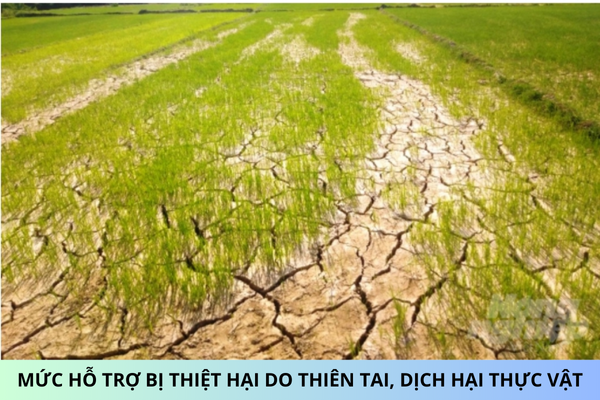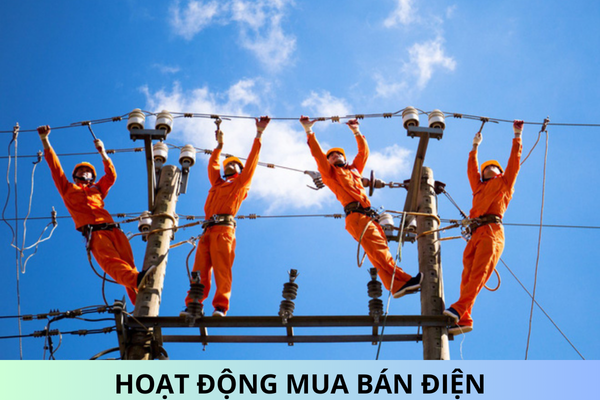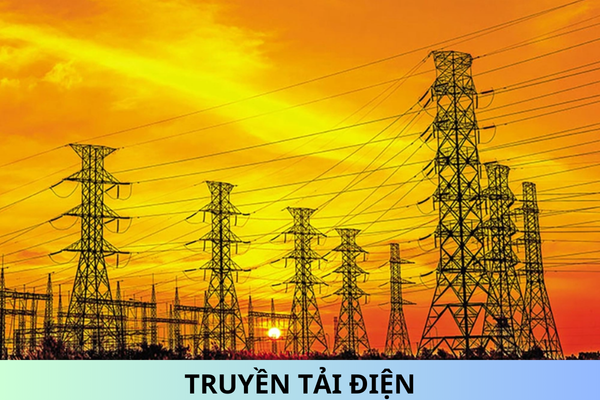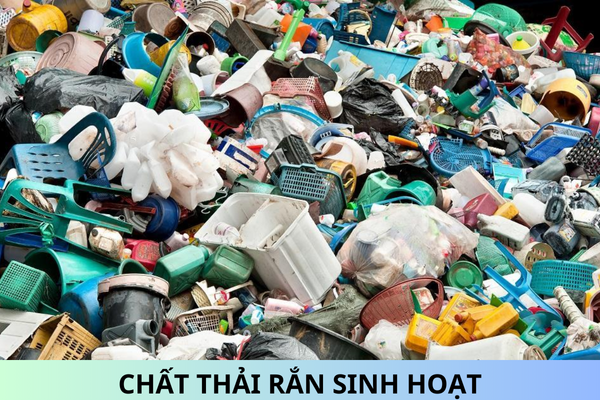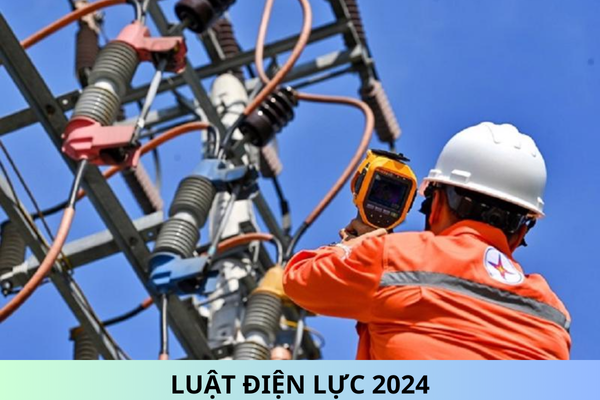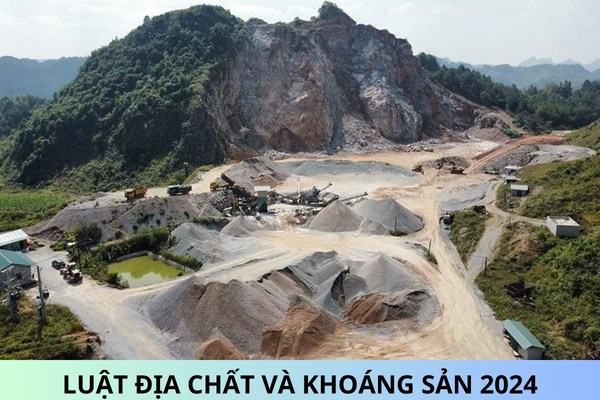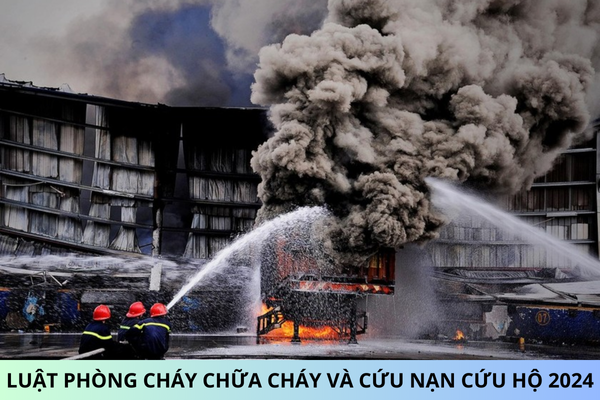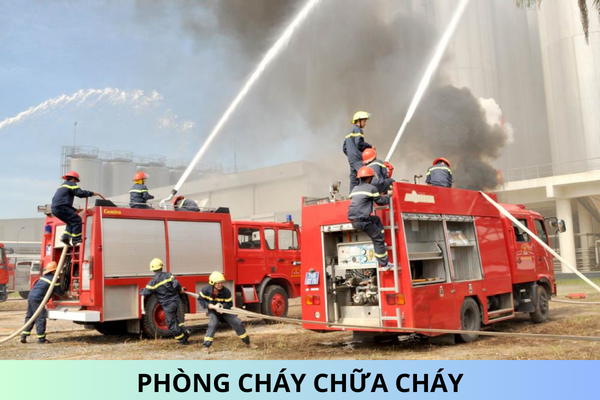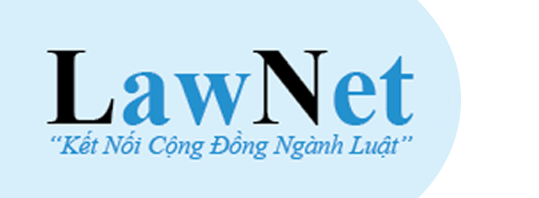What measures must be implemented by provincial specialized environmental protection authority to monitor industrial emissions in Vietnam?
What measures must be implemented by provincial specialized environmental protection authority to monitor industrial emissions in Vietnam? In case the owner of the project and business reports incorrect data on actual pollution or discharges dust and emission exceeding the permissible limits specified in the environmental technical regulation, what measures must be implemented in Vietnam? What are regulations on management of environmental information in Vietnam and what do this activities comprise?
Please advise. Thankyou.
1. What measures must be implemented by provincial specialized environmental protection authority to monitor industrial emissions in Vietnam?
In Clause 7, Article 98 of Decree No. 08/2022/ND-CP stipulating if the provincial specialized environmental protection authority detects a parameter in excess of the permissible limit specified in the environmental technical regulation through periodic or automatic and continuous monitoring, it shall implement any of the following measures:
a) Send the owner of the project or business a written notification of the dust and emission monitoring result (periodic or automatic and continuous) exceeding the permissible limit specified in the environmental technical regulation and remedial measures to be taken, which is made using the form promulgated by MONRE. After receiving the written notification specified in this point, if the monitoring result still exceeds the permissible limit specified in the environmental technical regulation, the provincial specialized environmental protection authority shall work with the owner of the project or business and compile a dossier on penalty imposition as prescribed by law;
b) Organize measurement and field sampling to analyze pollution parameters in dust and emissions. The emission sampling analysis result shall serve as the basis for considering imposing penalties for violations (if any) as prescribed by law. The costs of sample measurement, collection and analysis shall be covered by the budget for environmental services allocated to the provincial specialized environmental protection authority.
2. In case the owner of the project and business reports incorrect data on actual pollution or discharges dust and emission exceeding the permissible limits specified in the environmental technical regulation, what measures must be implemented in Vietnam?
In Clause 8, Article 98 of Decree No. 08/2022/ND-CP stipulating if the owner of the project and business reports incorrect data on actual pollution or discharges dust and emission exceeding the permissible limits specified in the environmental technical regulation (including cases of exemption from periodic dust and emission monitoring), the owner of the project or business shall incur a penalty for their violations and implement the following measures:
a) Review the dust and emission treatment work to identify the cause of pollution;
b) Renovate and upgrade the dust and emission treatment work (if any);
c) Re-operate the dust and emission treatment work in the case of compulsory renovation or upgrading of the dust and emission treatment work; carry out monitoring of dust and emissions in accordance with MONRE’s guidelines in a manner that ensures that dust and emissions are treated according to the environmental technical regulation on emissions before being discharged into the environment.
3. What are regulations on management of environmental information in Vietnam and what do this activities comprise?
Article 99 of Decree 08/2022/ND-CP stipulates the contents of management of environmental information and management activities as follows:
1. Environmental information is specified in clause 1 Article 114 of the LEP. Several pieces of information are elaborated as follows:
a) Information about waste source includes information about owners of investment projects, businesses, investors in construction and commercial operation of infrastructure of dedicated areas for production, business operation and service provision and industrial clusters; information on generation and receiving bodies of wastewater, emissions, noise, vibration, solid waste and hazardous waste; information on scrap permitted to be imported as raw materials for productions with respect to establishments using imported scrap as raw materials for production; information about hazardous waste received and treated with respect to hazardous waste treatment service providers; technical infrastructure for environmental protection; environmental monitoring and management program; environmental improvement and remediation scheme, biodiversity offsets scheme, environmental emergency prevention and response plan and other environmental protection measures; information about emission sources from traffic, agricultural production and livelihood activities;
b) Information about waste includes volume generated, collected, treated, recycled and reused for each type of domestic solid waste, normal industrial solid waste, hazardous waste, domestic wastewater, industrial wastewater, dust, emissions and other types of waste prescribed by law; waste treatment technologies and works, results of monitoring of various types of waste;
c) Information on the current state of environmental quality includes information and data on the current state, changes and prediction of the quality of air, soil, continental surface water, sediment, groundwater and seawater; zoning of water uses, quotas for discharge of waste into water; contaminated points and sites, information on environmental emergencies, residue-contaminated sites; environmental remediation plans and measures, solutions for protecting surface water and improving surface water quality;
d) Information on nature and biodiversity conservation includes information on natural heritage sites, wildlife sanctuaries and biodiversity conservation facilities; important wetlands; information on ecosystems, organisms and genetic resources; information on pressures on biodiversity; measures to manage and conserve biodiversity; licenses in relation to management and conservation of biodiversity.
2. Management of environmental information includes:
a) Organizing collection of environmental information and information about organizations and individuals providing and creating information; time for providing and creating information as prescribed by law;
b) Incorporating and storing environmental information in environmental databases through application platforms, digital environmental data services and other record and document management systems according to regulations;
c) Providing environmental information and descriptive information about environmental information to environment authorities as prescribed in Article 100 of this Decree;
d) Providing environmental information as requested by organizations and individuals and disclosing environmental information as prescribed in Articles 101 and 102 of this Decree;
dd) Processing and consolidating environmental information in service of state management of environmental protection.
Best Regards!
